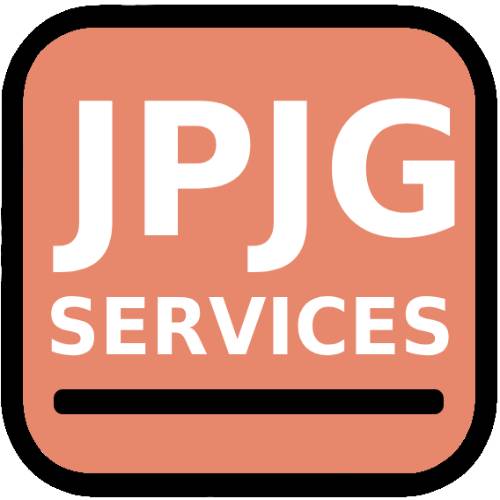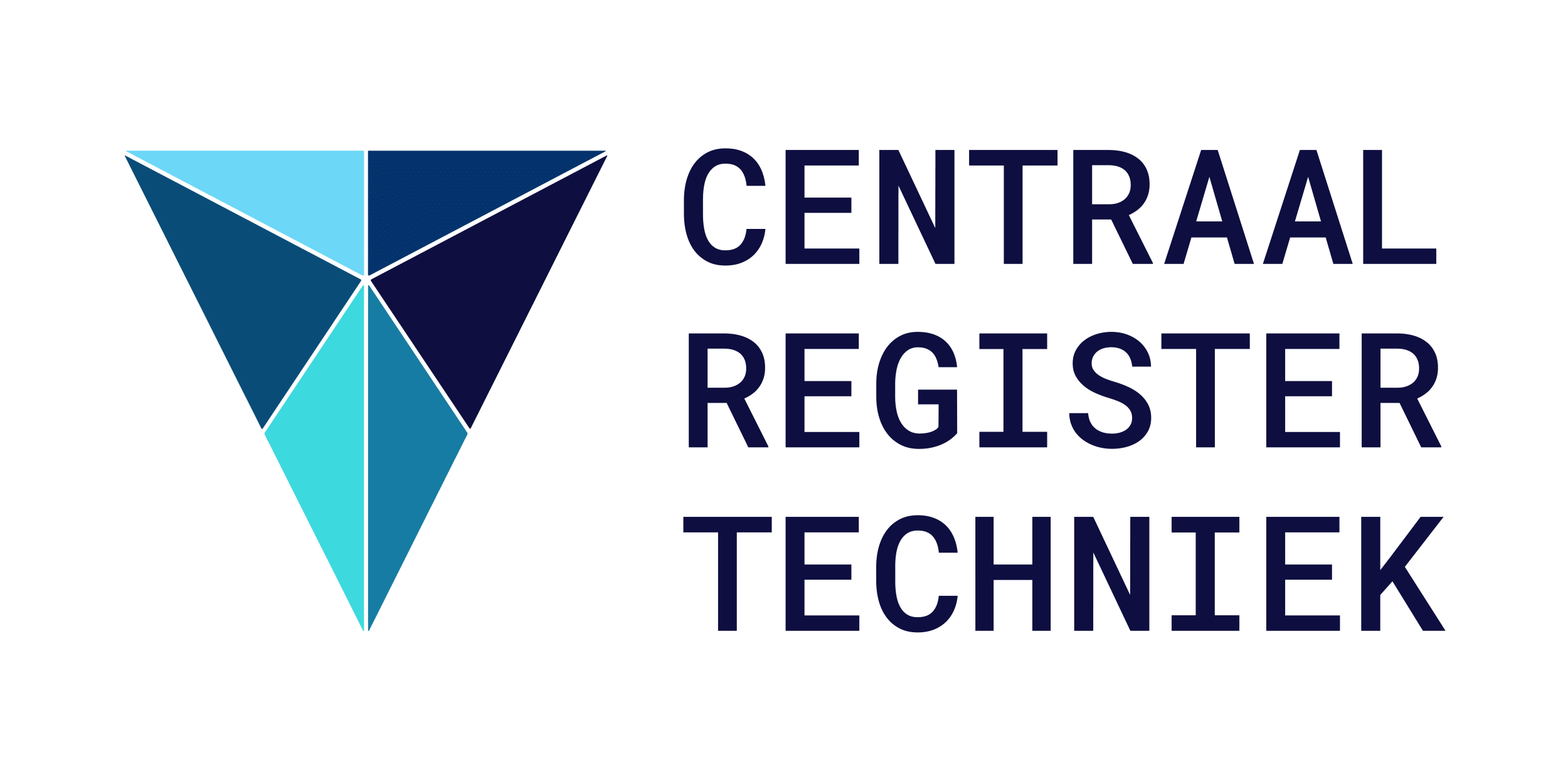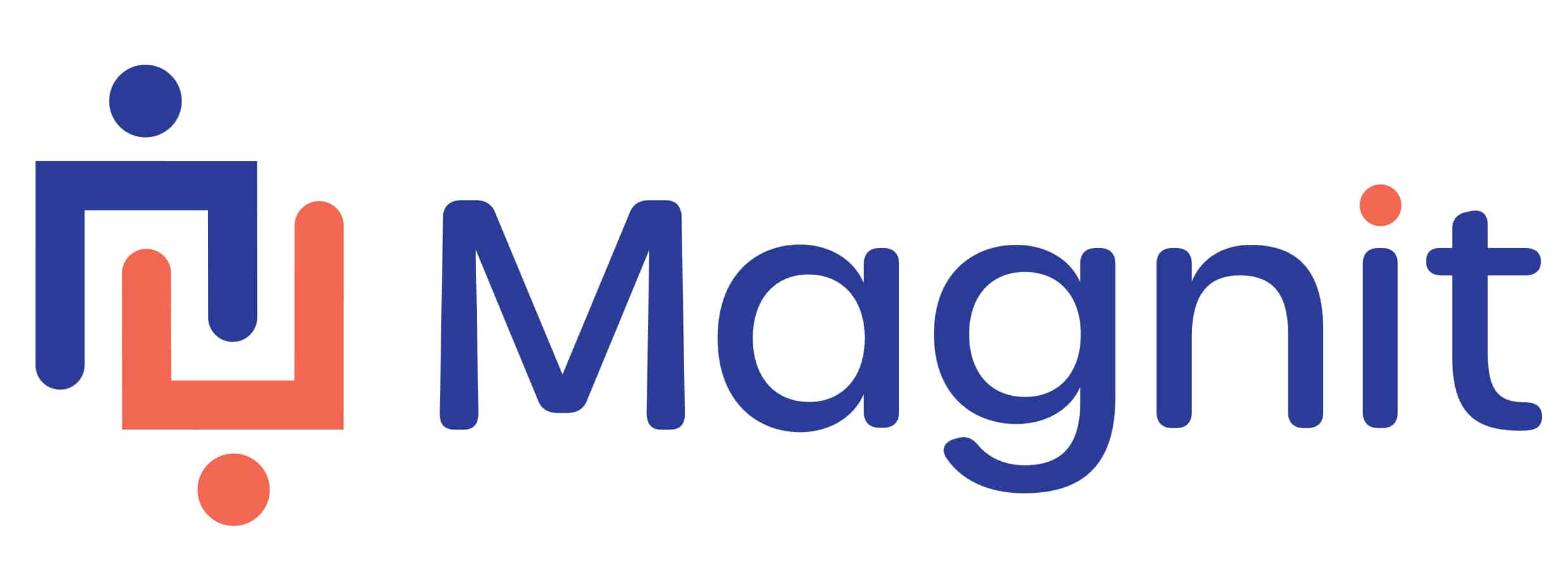Hello, I'm Jochem! I've Been Delivering Usable Software for Over 8 Years!
With JPJG Services I’ve helped clients in a variety of roles. From Business Analyst to Product Owner and from Project Manager to Scrum Master.

About Me
Agile Business Consultant
Over the last 8+ years I’ve been working for different companies and teams in the Netherlands and abroad. I’m often seen as the linking pin between a development team (or multiple), the business, and the user. This allows me to improve current software projects, or deliver entirely new ones — always with a focus on building useful software.
- Business analysis
- Managing software teams
- IT project management
My Vision
I don’t have a vision that applies to every application — because every project is different. However, I often emphasize the process of building software. You don’t want to do scrum ‘in name only’, and set up meaningless Sprint Reviews. Similarly, you don’t want to ‘just build’ and see what sticks. But if you have the right process and the right framework in place (on top of the right team!), you can be confident that you will build something useful.
I believe a good software product needs the right people
and the right process
Define
Together we define the project. We define a specific area where the company needs help with, and we define different milestones along the way.
start
Let’s start! In the first few weeks at your company, I will talk to all relevant people involved in the project, and get an understanding of what goes well and what doesn’t.
Adjust
After a month or two, we evaluate how things are going, and if we’re on the right track. If not, we adjust.
Deliver
We always keep the end-goal in mind. That means the project needs a specific delivery – whether that’s software or an improved process.

Years of Experience
Happy Clients
Lived in Different Countries
Experience
- Helped improve product ads at bol.com
- Set up a new insurance product at Magnit Global
- Delivered an ecommerce software migration at JDE Peet’s
- And much more
Education
- Double master degree from Sciences Po Paris and the London School of Economics
- Bachelor degree from Utrecht University (cum laude)
Certifications
- Prof. Scrum Product Owner 2
- Tech for Non-Developers
- Prof. Scrum Product Owner
- PRINCE2 Foundation
- Business and Financial Modeling at Wharton Business School
- A variety of online courses in data science, Spanish, Chinese, and more.
REFERENCES
“Jochem worked within our product team as product analyst.
What I particularly valued in Jochems performance was his eye for detail, his autonomous way of working and his organizational skills. He also proved himself a fast learner and really grew in his data analytics skills.
I would definitely recommend Jochem for any project management or product analyst project.”
“I hired Jochem end of ’21 as a project manager for a complex project to improve efficiency in our operational processes for campaign management, involving an extensive stakeholder field of adops, product, tech and sales teams, and multiple large applications.
Words to describe Jochem: well-structured, communicative towards stakeholders, reflective (asking for regular feedback), self-organizing and goal-oriented.
If you’re looking for someone to make your project work, Jochem is your guy!”
“During this period, Jochem has been of great value to the team and the organization. He was able to quickly separate main and secondary issues, knew how to set the right priorities and get projects completed.
A real asset to any team!
My Services
Agile Team Support
As Business Analyst or Product Owner, I’m happy to help out in a specific time-bound project. I could help set up a new development team (and its foundations), or do the foundational work for a new software application such as gathering requirements; creating a data model; or creating the first functional design.
Project Management
As Project Manager, I can help you manage a specific project. I’m both process- and people-oriented, which means that I set up the right processes while staying flexible enough to keep the other project’s members engaged. Of course this means I’ll also oversee the budget, planning, and reporting on the status of the project to upper management.





